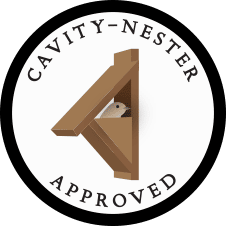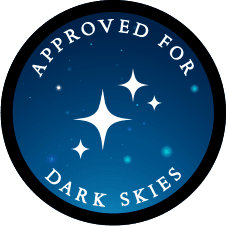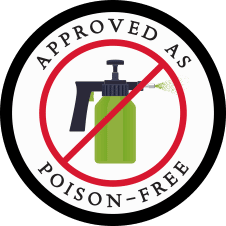Protect Birds & Their Habitats
Birding
Protect Birds & Their Habitats
Birding
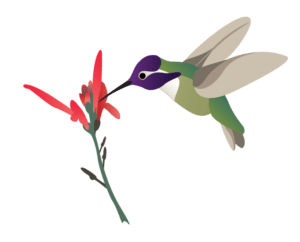

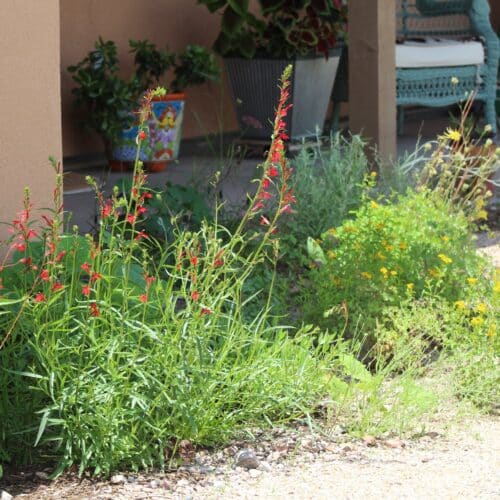

It is surprisingly easy to transform your own space, enhancing its beauty, and restoring bird and wildlife habitats. You can help make the urban landscape safe and welcoming for birds.
The Habitat at Home program helps community members transform their outdoor spaces, making them more welcoming to birds and other wildlife. Our concepts are based on the fundamentals of Reconciliation Ecology, helping everyone to nurture habitats in our urban spaces.
We encourage everyone with access to an outdoor space, whether it is small or large, to join and participate in our mission of creating urban habitat.
When you register, you will receive a Habitat at Home yard sign, educational materials, and resources curated by Tucson Audubon Staff and local experts. You will learn how to turn your yard into beneficial habitat for birds, pollinators, and other wildlife. Do you already have a habitat at home? Looking to do more? Register your yard and join the community.
Take your home habitat to the next level! Find info here on inviting a variety of birds and other wildlife to your outdoor spaces, support for your landscaping needs, and great local sources for native plants and information.
